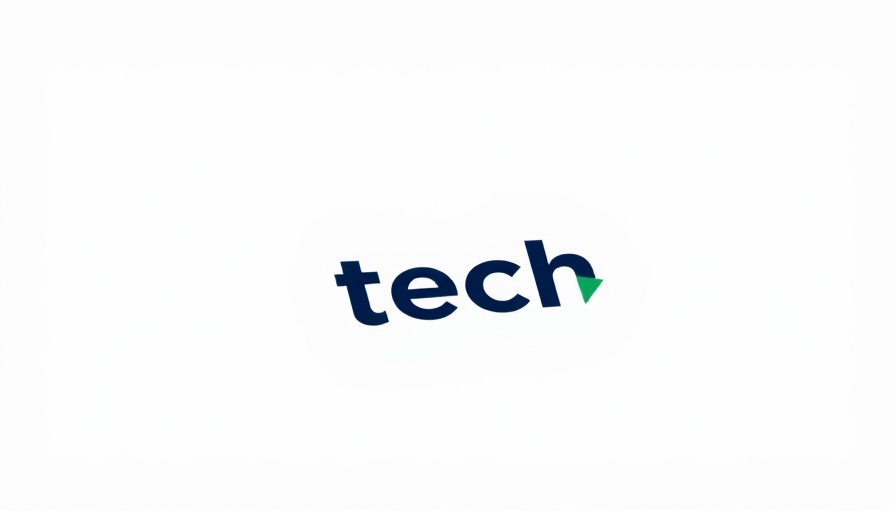
Reconceptualizing Work: The Shift Toward Hybrid Environments
The COVID-19 pandemic has dramatically altered our perceptions of work, leading many organizations to rethink traditional office structures. Companies like Fujitsu illustrate this change by prioritizing flexibility and employee well-being, pushing towards hybrid work models where the distinction between home and office becomes less significant. This evolution opens the door for innovative strategies designed to enhance productivity while catering to individual needs.
Prioritizing Mental Health in the Workspace
With the rise of remote work, mental health has entered the spotlight as a critical component of employee satisfaction and productivity. A report by Mind highlights that businesses prioritizing mental health reap the benefits of higher engagement levels and lower turnover rates. Fujitsu is leading the charge by incorporating wellness programs that actively address mental health challenges, thus fostering a supportive workplace culture.
Counterarguments: The Dark Side of Remote Work
While the shift to hybrid working arrangements can lead to improved work-life balance, it can also foster feelings of isolation and burnout. Many employees might struggle with blurring lines between work and personal life. Some experts argue that without proper boundaries, the flexibility intended to alleviate stress could inadvertently become a source of it. Recognizing these pitfalls is essential for organizations to create truly supportive environments.
The Role of Technology in Enhancing Workplace Productivity
Advanced technology underpins many of the new strategies companies employ to manage hybrid workforces. Collaboration tools like Microsoft Teams and Slack are not only enabling seamless communication but also improving project management and accountability. Fujitsu’s commitment to integrating tools that promote collaboration can serve as a valuable model for other companies navigating similar transitions in their workflows.
Future Predictions: Work in the Next Five Years
Looking ahead, the future of work is likely to continue evolving toward a model that prioritizes both flexibility and employee autonomy. Experts predict that businesses will further integrate technology designed to enhance productivity while also addressing mental well-being. Companies that succeed in creating adaptable workplaces will likely attract top talent in a highly competitive job market.
Actionable Insights for Employers
To navigate these changes effectively, employers should consider involving employees in decision-making processes regarding workplace changes, fostering a culture of openness and collaboration. Furthermore, offering comprehensive training on remote tools and mental health resources will empower employees, making them feel more invested and engaged in their work environments.
As organizations like Fujitsu pave the way towards a balanced future of work, other businesses must take notes and adapt to the new normal. With the right strategies, companies can cultivate resilience in their employees, ensuring that productivity aligns with personal well-being.
 Add Row
Add Row  Add
Add 




Write A Comment